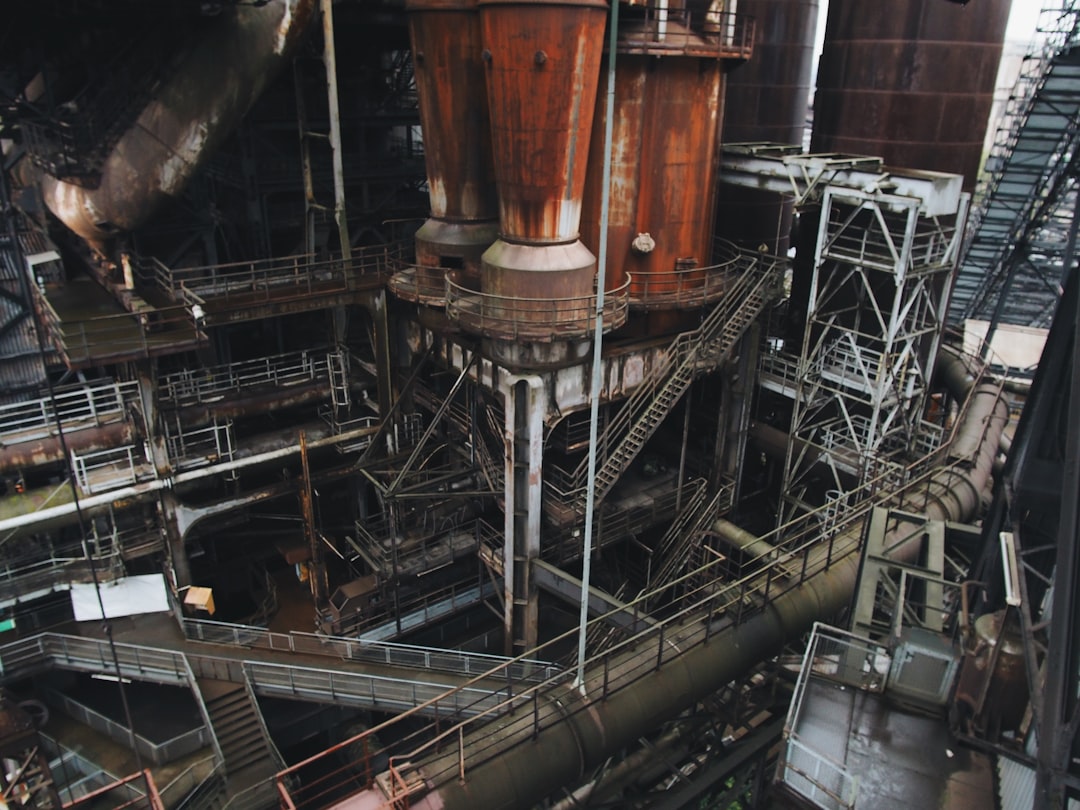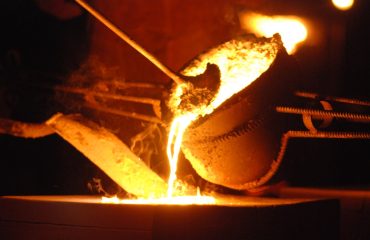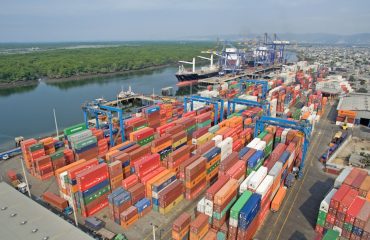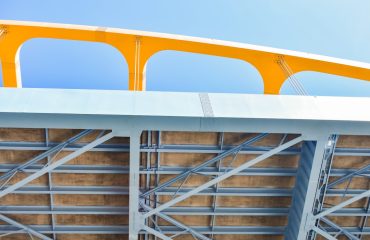The steel manufacturing industry is a vital cog in global infrastructure, but its inherent processes pose significant occupational safety risks. From extreme heat and molten metal to heavy machinery and hazardous materials, the potential for accidents is substantial. This comprehensive guide explores the critical aspects of occupational safety within steel manufacturing, highlighting best practices and emphasizing the importance of proactive risk management.
1. Identifying and Assessing Hazards in Steel Manufacturing
Hazard identification is the cornerstone of any effective safety program. In steel manufacturing, hazards are diverse and pervasive. These include:
- Thermal Hazards: Extremely high temperatures from furnaces, molten metal, and hot work processes pose severe burn risks. Workers need adequate protection and training to mitigate these dangers.
- Mechanical Hazards: Heavy machinery, moving parts, and falling objects present significant risks of crushing injuries, lacerations, and amputations. Proper machine guarding, lockout/tagout procedures, and safe work practices are essential.
- Chemical Hazards: Exposure to various chemicals, including dusts, fumes, and gases, can lead to respiratory problems, skin irritation, and other health issues. Proper ventilation, respiratory protection, and safe handling practices are crucial.
- Electrical Hazards: High-voltage equipment and electrical arcs pose electrocution risks. Regular inspections, proper insulation, and adherence to electrical safety regulations are paramount.
- Noise Hazards: The constant noise from machinery can lead to hearing loss. Hearing protection, regular hearing tests, and noise reduction measures are necessary.
- Heat-resistant clothing: Specialized clothing, including jackets, trousers, gloves, and footwear, protects against burns from heat and molten metal.
- Safety footwear: Steel-toe boots protect feet from falling objects and crushing hazards.
- Safety helmets: Protect the head from falling objects and impacts.
- Eye and face protection: Safety glasses, goggles, and face shields protect against flying debris, sparks, and molten metal splashes.
- Respiratory protection: Respirators protect against inhalation of harmful dusts, fumes, and gases.
- Hearing protection: Earplugs or earmuffs protect against noise-induced hearing loss.
- Elimination: Removing the hazard entirely is the most effective control measure. This might involve replacing a dangerous process with a safer one.
- Substitution: Replacing a hazardous substance or process with a less hazardous alternative.
- Engineering Controls: Implementing physical changes to the workplace, such as machine guarding, ventilation systems, and improved lighting.
- Administrative Controls: Implementing procedures and policies, such as safe work practices, training programs, and regular inspections.
- Emergency response plan: A comprehensive plan outlining procedures for handling various emergencies, such as fires, explosions, chemical spills, and injuries.
- Emergency training: Regular training for all employees on emergency procedures, including evacuation routes, fire drills, and first aid.
- Emergency equipment: Adequate fire extinguishers, emergency showers, eye wash stations, and other emergency equipment must be readily available and properly maintained.
- Communication systems: Effective communication systems are crucial for alerting employees to emergencies and coordinating response efforts.
- Emergency medical services: Establishing clear procedures for contacting and coordinating with emergency medical services.
- Regular safety meetings: Providing a platform for employees to discuss safety concerns and contribute to safety improvement initiatives.
- Safety audits and inspections: Regular audits and inspections to identify potential hazards and ensure compliance with safety regulations.
- Incident investigation and reporting: Thorough investigation of all incidents to identify root causes and implement corrective actions.
- Safety training and education: Providing comprehensive safety training to all employees, including new hires and existing staff.
- Safety culture: Fostering a strong safety culture where employees are empowered to report hazards and participate in safety improvement initiatives.
A thorough hazard assessment, often involving job safety analysis (JSA) and risk assessments, is crucial to identify the likelihood and severity of each hazard and prioritize control measures.
2. Personal Protective Equipment (PPE) in Steel Mills
Personal Protective Equipment (PPE) plays a vital role in protecting workers from identified hazards. Appropriate PPE varies depending on the specific task and the hazards involved. Examples include:
Regular inspection and maintenance of PPE are crucial to ensure its effectiveness. Training on proper PPE use and selection is also essential.
3. Risk Management and Control Measures in Steel Production
Effective risk management involves implementing control measures to eliminate or mitigate identified hazards. This hierarchical approach prioritizes elimination, substitution, engineering controls, administrative controls, and finally, PPE.
Regular risk assessments and audits are crucial to ensure the effectiveness of control measures and identify any emerging hazards.
4. Emergency Procedures and Response in Steel Manufacturing Plants
Having well-defined emergency procedures and a robust response system is crucial in steel manufacturing. This includes:
Regular drills and simulations help ensure that employees are prepared to respond effectively in emergencies.
5. Regulatory Compliance and Ongoing Safety Improvement
Steel manufacturing is heavily regulated, and compliance with relevant safety regulations is crucial. This involves understanding and adhering to national and international standards and regulations related to occupational safety and health. Regular inspections by regulatory bodies are common. Beyond compliance, continuous improvement is key. This involves:
By prioritizing safety and continuously striving for improvement, steel manufacturers can create a safer and more productive work environment.
Tags: steel manufacturing safety, occupational safety, industrial safety, steel mill safety, workplace safety




